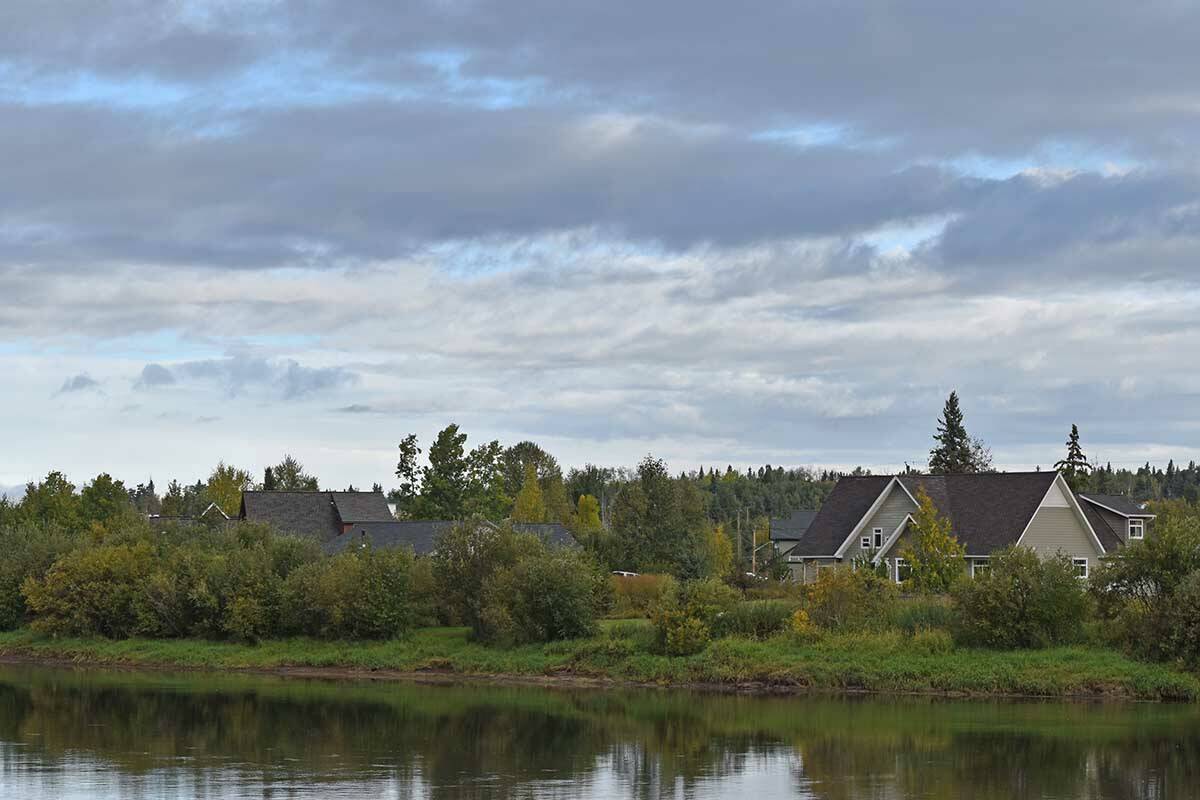The Union of B.C. Municipalities Convention (UBCM) will be lobbying the provincial government to create funding programs to encourage small-scale developers to provide much-needed housing in rural B.C.
The resolution by the District of Vanderhoof was endorsed at the 2021 UBCM convention held virtually this year.
Mayor Gerry Thiessen said housing has been a real challenge in his community located west of Prince George.
“What we’re finding more and more is that there’s such a large need across the province for housing, and it’s much easier to do one very large project in Vancouver, Surrey, or Victoria rather than doing a number of small projects in small communities,” he said.
The resolution recognized there has been a demonstrated need, transferred social responsibility and pressure on rural local governments that lack the financial capacity and professional expertise to develop lands suitable for various forms of housing to encourage small-scale developers.
Housing shortages have impacted the ability of rural communities such as Vanderhoof to attract and retain professional talents and labour.
Read More: Canada’s housing strategy having ‘limited’ impact on housing need, watchdog says
Thiessen said they have been hearing from employers who have had potential employees wanting to move to Vanderhoof but have been unable to find accommodations.
A housing needs assessment completed for the district last year found as of June 2020, there has not been a building permit issued for a new single-family dwelling in the district where construction costs are high.
The housing stock in Vanderhoof is aging, and it is estimated around 69 per cent (1,210) of dwellings were built prior to 1991.
Affordability was also identified by the assessment that said 29 per cent of tenant households in 2016 were spending 30 per cent or more of their income on shelter costs. According to the Canada Mortgage and Housing Corporation, a household spending 30 per cent or more of its pretax income on housing is not considered to be affordable.
Community stakeholders had indicated that the rental market in Vanderhoof is very limited and it has become difficult for individuals, couples and families to find suitable homes to rent.
Such stories can be easily found on social media. For example, on Facebook, it was shared of a woman reportedly with no home trying to find accommodation at the women’s shelter but was denied as she was not leaving an abusive situation or fleeing from violence.
Thiessen said he was aware of the post.
“I just ache for people who need a place to be, and I think it just shows more and more why we need something,” he said.
“We have met with BC Housing and the HousingHUB saying what can we do to provide transitional housing? is there a model there that would work for us in our community?”
Read More: BC Housing to study economics of using mass timber for affordable housing
While the assessment identified the average selling prices for single family homes as fairly affordable, the costs of home ownership in the district has increased at such a rate that it has become unaffordable for some, and there are concerns that becoming a homeowner could become more unaffordable in the future.
A new building near Ferland Park that will provide 20 one-bedroom rental homes for seniors with low to moderate income, and eight accessible studio units for dementia care patients, is hoped to be occupied by January 1, 2022.
Thiessen said he believes the retirement facility may open up the sales of family homes as seniors seek to downsize.
The District of Vanderhoof also has a housing committee consisting of local business owners, contractors and councillors who had met last week.
Thiessen said mayor and council had previously spoken with Attorney General and B.C. Minister Responsible for Housing, David Eby, before having another meeting with him on Friday, Sept. 17.
“I think in many small communities, and when you’re under 5,000 people, financing is always difficult, certainly insurance is difficult, and so those are challenges that are faced by every community,” Thiessen said.
“But certainly for us, we’ve seen that there has been a number of new provincial legislation on building requirements, and each one of these has taken some of the people out of being able to build, and so we didn’t have as many licensed builders available to build here in Vanderhoof, and its put us in a really tough position.”
Read More: Housing availability a top priority for district: mayor
Do you have a comment about this story? email: rebecca.dyok@wltribune.comLike us on Facebook and follow us on Twitter.

